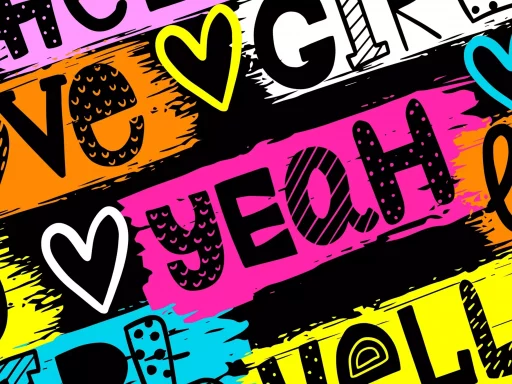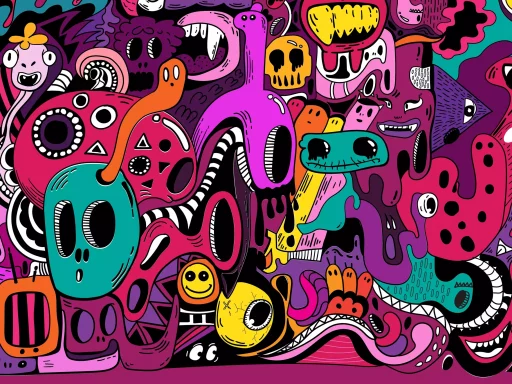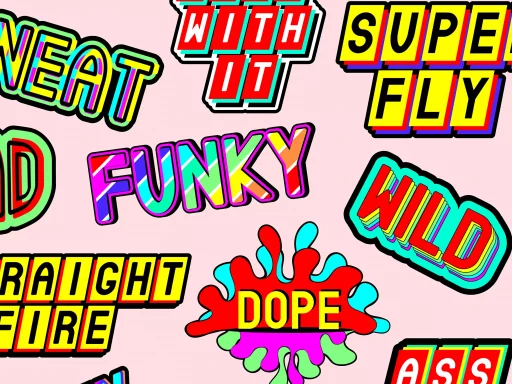Introduction to Slang and Synonyms
Language is a dynamic, ever-evolving entity, and much of this evolution occurs through the use of slang. Slang refers to informal words or phrases that often emerge within particular subcultures or social groups. These terms often have synonyms that can change based on context, age, and even geography. This article explores the concept of slang synonyms, providing examples and analyzing their significance in modern communication.
The Evolution of Slang
Slang has been part of the human lexicon for centuries, evolving with cultural shifts and technological advancements. It serves multiple purposes, including:
- Creating a sense of belonging within a group.
- Expressing identity and personality.
- Adding an element of playfulness to communication.
For instance, the term “cool” has various slang synonyms, such as “dope,” “lit,” or “fire,” each carrying a slightly different nuance depending on the context and audience.
Examples of Slang Synonyms
Here are some common English slang terms and their synonyms:
- Happy: “Psyched,” “Stoked,” “Jazzed”
- Friend: “Homie,” “BFF,” “Mate”
- Money: “Dough,” “Bread,” “Cheddar”
- Crazy: “Insane,” “Nuts,” “Wacko”
- Goodbye: “Peace out,” “Later,” “Catch you later”
Each of these terms reflects nuanced variations in meaning and usage, demonstrating how slang can enrich a language. Understanding these details is crucial, especially for marketers and communicators aiming for effective engagement.
Case Study: The Impact of Slang in Marketing
One striking example of slang’s importance is its utilization in marketing campaigns. Brands that resonate with their target audience often use relevant slang. A notable case is Nike’s “Just Do It” campaign, which includes urban slang to connect with a youthful demographic.
Smaller brands have also leveraged slang effectively. For example, the beverage company, Bang Energy, has attracted a loyal following through social media campaigns rich in youth-centric slang, claiming that this language creates a community feeling among users.
Statistics on Slang Usage
Research has shown that slang plays a vital role in language and culture, particularly among youth:
- According to a study by the Pew Research Center, about 75% of teenagers feel comfortable using slang in online communication.
- A survey conducted by the University of California found that over 60% of respondents aged 14-24 used slang in their daily conversations.
- Data from Messenger and Snapchat shows that use of slang messaging has increased by over 40% year-over-year among teenagers.
These statistics indicate that slang not only defines the informal language of youth but shapes their interactions and social identities.
The Cultural Importance of Slang
Slang is intimately tied to culture. It reflects social attitudes, group affiliations, and even rebellion against tradition. Different communities and cultures have created unique slang that can signify belonging or exclusivity. For example:
- African American Vernacular English (AAVE): Features unique words and expressions, such as “lit” to mean exciting or excellent.
- Teenage Slang: Terms like “fam” (family) or “savage” (bold or daring) often arise in online environments.
Understanding slang through its synonyms can enhance cross-cultural communication, helping to bridge gaps between different dialects and backgrounds.
Conclusion
Slang synonyms enrich our verbal repertoire, offering nuance and depth to everyday conversations. As language continues to evolve, so will the synonyms that accompany these informal terms. Whether you are a marketer, educator, or just someone trying to better understand language, recognizing the impact of slang and its synonyms is crucial for effective communication in today’s society.






